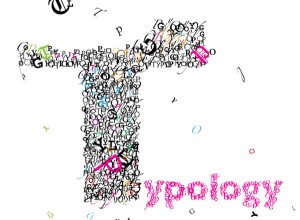
(Updated in November 2014)
As we have already argued a couple of times on this blog (see here and here), markets for patents are typically difficult to organize. There are three main reasons as to why markets for patents work badly:
- Many uncertainties surround the value of patents. This is mainly because patents are idiosyncratic (and escape thus any type of metrics) and because they often need to be combined with other patents to create any value (so-called “portfolio effects”).
- Search costs are very high. That is, potential buyers and sellers have a hard time to find the right trading partner on the other side of the market.
- The fear of future litigation puts a heavy weight on patent transactions and bias their valuation.
Any market failure creates economic opportunities for intermediaries. By proposing solutions for solving market failures (or at least for alleviating them), intermediaries can indeed create and extract value. It is therefore no surprise that an increasing number of “IP intermediaries” have emerged over the last decade. These intermediaries share a common objective: make the market for patents more liquid and more efficient.
To achieve this objective, quite a large number of different business models have been tested, with diverse success rates. To have a clearer view of this diversity of approaches, several scholars have proposed typologies (see Yanagisawa and Guellec, 2009 ; Hagiu and Yoffie, 2013 ; Millien, 2013).
As part of a research project on markets for technologies in Belgium (PATLICINFO), I have endeavored to unify the existing typologies within a common framework. I summarize here the structure of the typology and I list the various categories of intermediaries (for the full typology, see this powerpoint presentation).
INTERMEDIARIES FOR “PRE-PATENT” IDEAS: (1) Innovation portals
INTERMEDIARIES FOR PATENTED IP
* Patent intermediaries
–>Transaction facilitators: (2) Online IP platforms, (3) IP auction houses, (4) IP (patent) brokers / Licensing agents, (5) IP transaction exchanges & trading platforms
–>Merchants
Aggressive attitude: (6) Patent Licensing and Enforcement Companies (PLECs), (7) IP acquisition funds, (8) Litigation finance/investment firms
Defensive attitude: (9) Defensive patent aggregators, (10) Privateers, (11) Super-aggregators
* IP management & support services: (12) IP-based M&A advisory firms, (13) IP-backed lending firms, (14) Royalty stream securitization firms, (15) Analytics software and services firms, (16) Technology/IP spinout financing, (17) IP insurance carriers, (18) University technology transfer intermediaries.
Researchers at Fraunhofer MOEZ have done a very similar work (but in a much more exhaustive way): they have built a typology for all services that are provided by IP practitioners (the current version can be consulted here). When you click on the headlines of the several service descriptions, you will find a larger number of companies that are already providing the corresponding service.
An important research question that these typologies may help addressing is the following: How much social value, if any, do these various types of intermediaries contribute?
On this blog (see here and here), we have already questioned the social contribution of some of these intermediaries, namely the so-called “patent trolls” (which belong to the category of ‘Patent Licensing and Enforcement Companies (PLECs)’ in my typology).
What I ask you to do is to carry out the same analysis for other types of intermediaries. What kind of social value do they bring?


